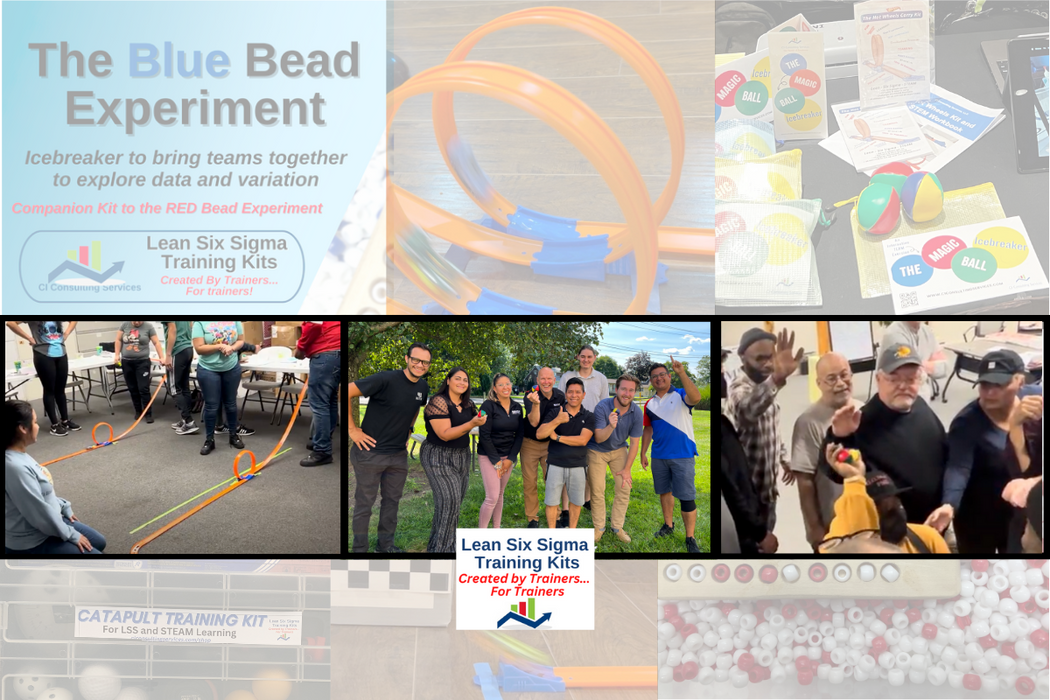
Why CICS Training Kits?As active trainers we couldn’t find sims that cemented learning points quickly at a reasonable price. We built our own kits over a number of years and wrote Quick Start Guides, Exercise Workbooks and Trainer Notes to standardize the learning. This translates to a richer learning experience for both trainers and classes. SCROLL DOWN FOR DETAILS |
